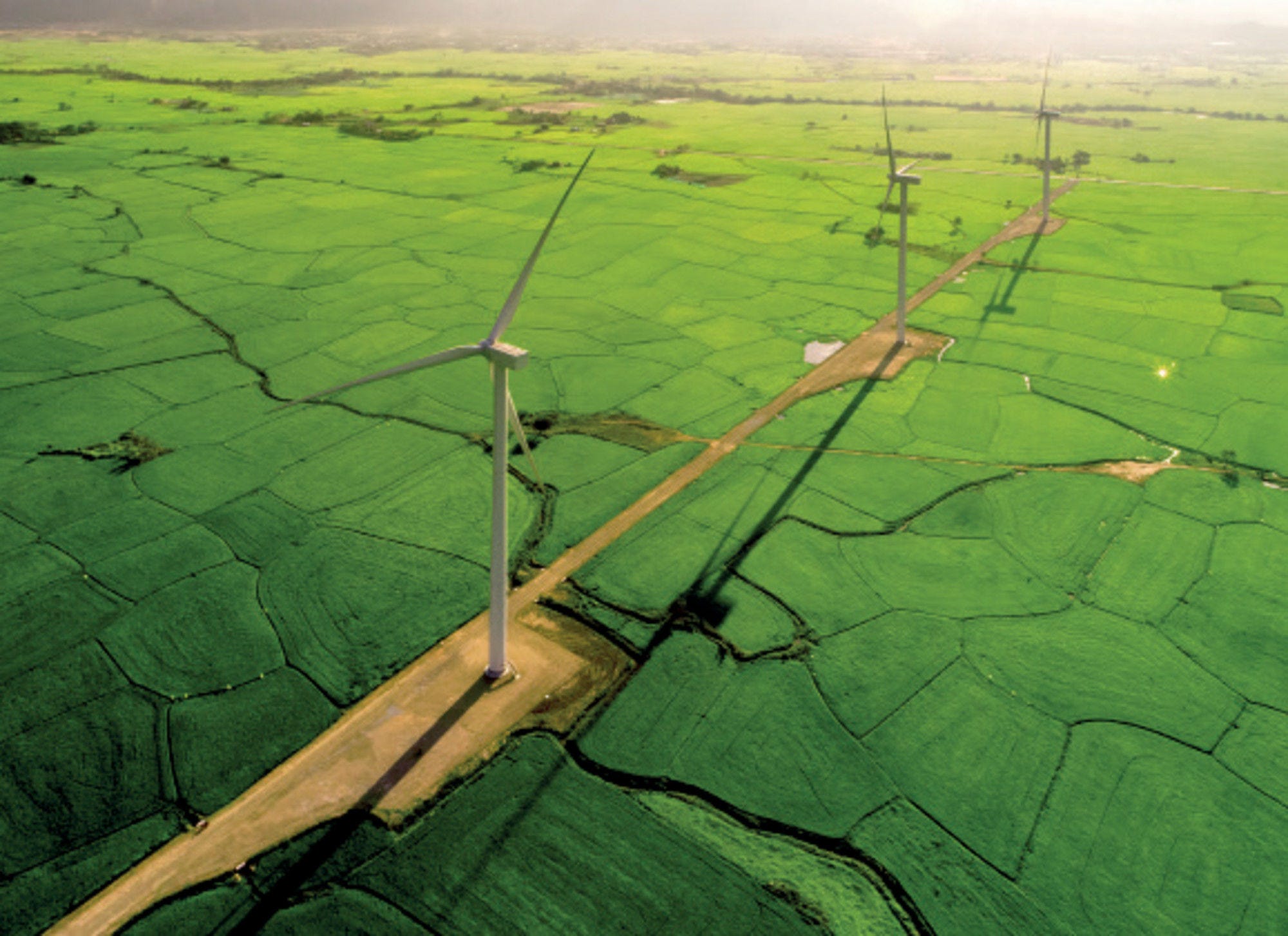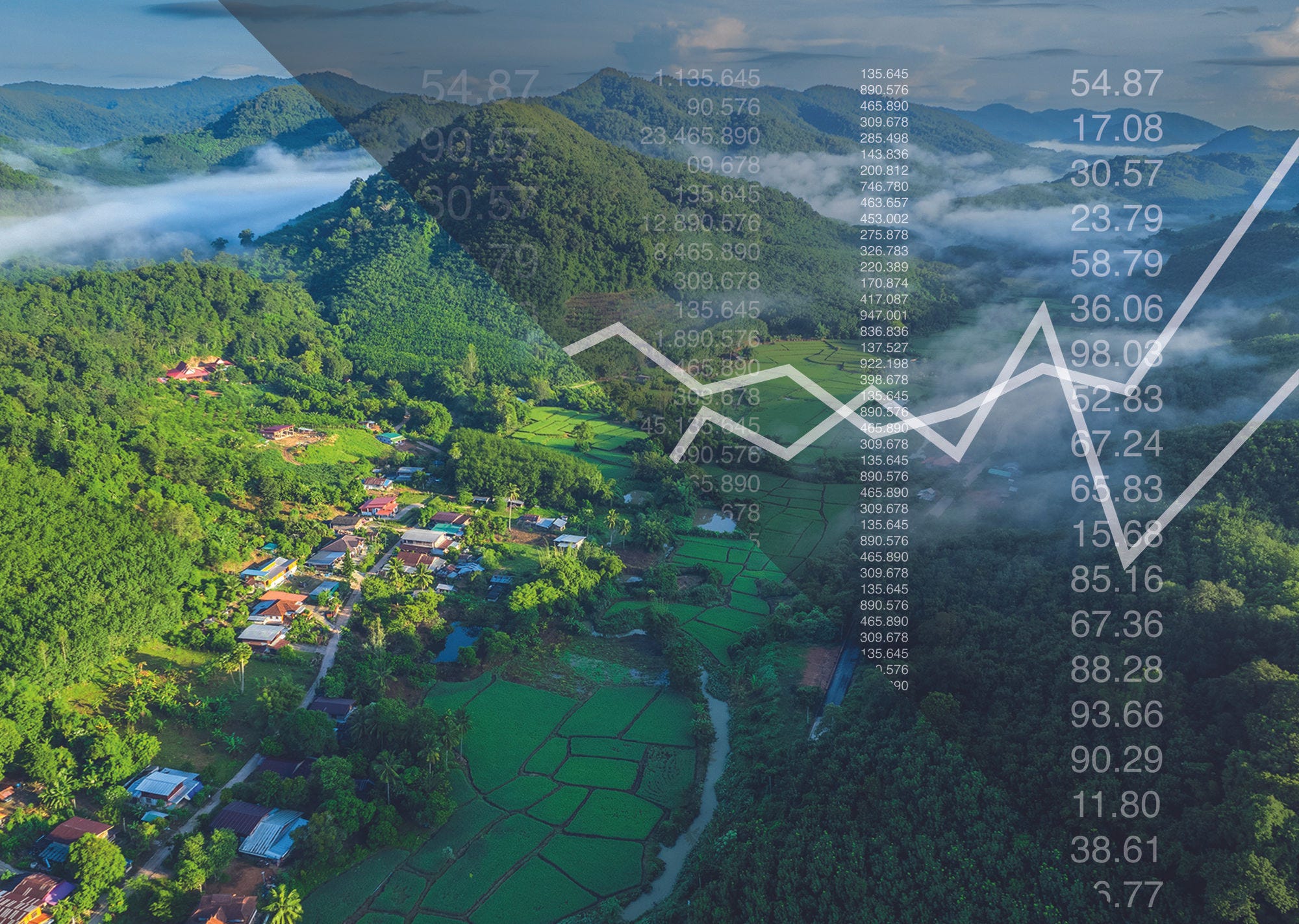The Government of Viet Nam is to be commended for its prioritisation of clean energy development and for the recent progress in becoming one of the largest regional renewable energy markets in just a few short years. Strong incentives have created a boom in solar development and drawn attention to the country’s abundant renewable resource potential. To maintain market growth sustainably Viet Nam must resolve critical new challenges over the coming years including the successful integration of higher shares of variable generation; the mobilisation of diversified sources of capital; ensuring continued cost reductions; and maintaining a stable investment environment while managing the transition of its support schemes. Although it has been anticipated that the explosive rate of deployment witnessed over the last two years would slow down, the level and length of reduction in deployment rates signalled in the Power Development Plan (PDP) VIII (still at draft at the time of publication), which sees no significant new, large-scale renewable capacity additions until after 2030, is dramatic and could prove detrimental to local supply chains, green jobs, investor confidence and longer-term cost reductions. Risks associated with the availability and costs of finance for new coal power plants as well as the capacity to achieve timelines for the implementation of complex integrated liquefied natural gas (LNG) to power projects are emerging sources of energy insecurity under the PDP VIII draft. The ability of new thermal plants utilising imported fuels to mitigate fuel price risks will also be critically important as import reliance increases. Fifty percent of electricity supply will rely on imported fuels by 2035 compared to 15% in 2021. Enabling project sponsors to lock in longer-term fuel supply contracts will likely depend on contracting terms such as guaranteed offtake and more generous tariffs that have not been readily provided by EVN to date. Despite tremendous economic potential, the energy efficiency market remains largely untapped and stronger incentives, regulation and new business models are needed to drive the market. As an increasing number of countries and corporates pledge stringent commitments to climate action and sustainable development, Viet Nam will need to continue its clean energy transition if it is to maintain its current position as a leading destination for foreign direct investment.














